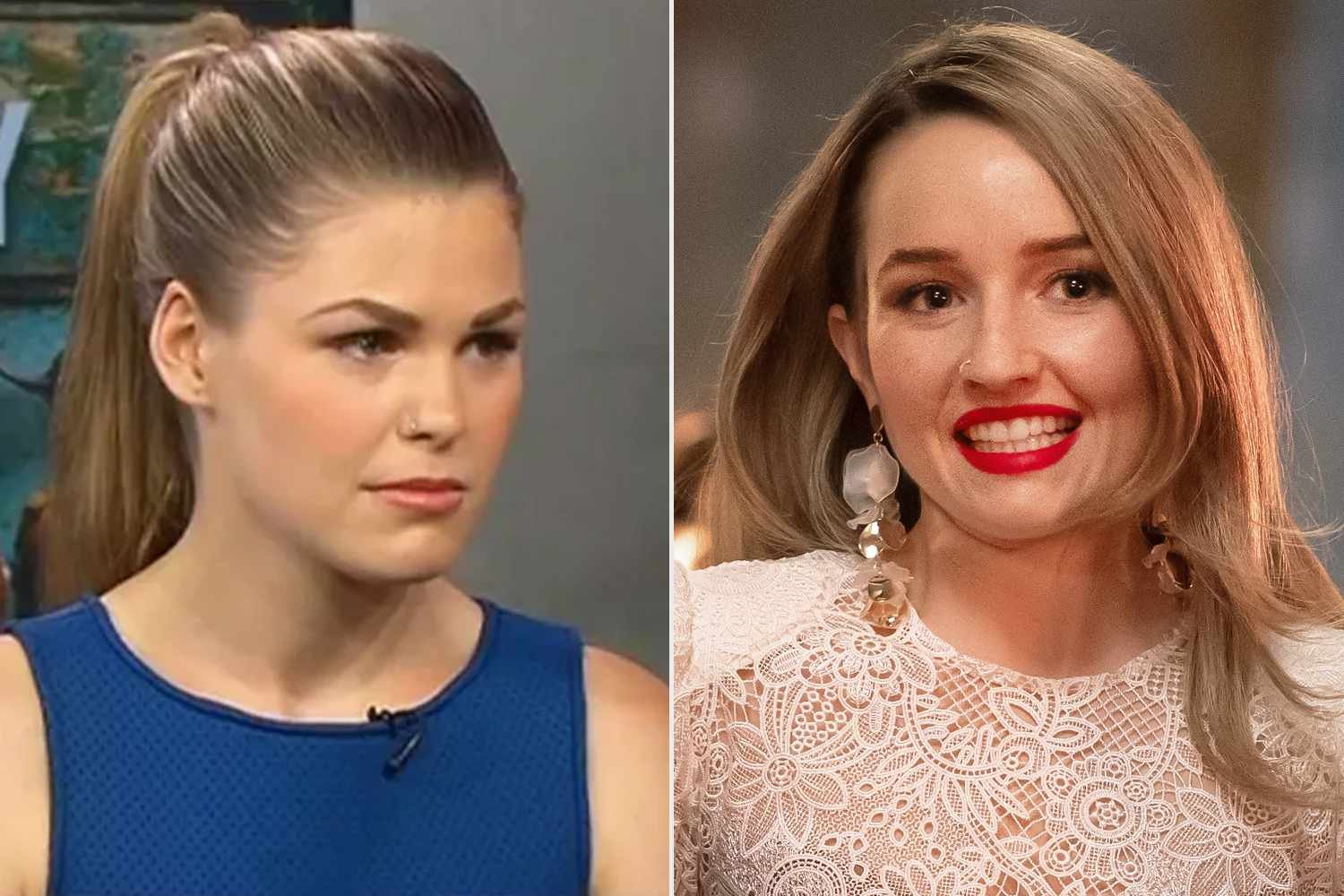
Let’s unpack that: What is fact and what is fiction in Netflix’s Apple Cider Vinegar?
Netflix’s Apple Cider Vinegar brings the fascinating but disturbing story of Belle Gibson to life, shedding light on the Australian wellness influencer who built an empire on a fabricated illness. But just how much of the story portrayed on-screen is grounded in reality, and how much is exaggerated or altered for dramatic effect? Let’s dive into the bizarre truth behind the events that inspired the show.
Belle Gibson’s rise to fame began in the early days of Instagram, a time when the concept of “influencers” hadn’t fully emerged yet. Her story seemed inspiring—she claimed to have cured terminal brain cancer with a strict diet of organic foods and holistic therapies, after doctors gave her only months to live. However, the crux of her empire was built on a lie. There was no evidence Gibson had ever been diagnosed with brain cancer, let alone cured it through diet.
The series is based on the book The Woman Who Fooled The World by Beau Donnelly and Nick Toscano, the journalists who exposed Gibson’s falsehoods in 2015. While the show is marketed as “inspired by a true story,” it does come with a disclaimer that some characters and events have been fictionalized. So, what parts of this portrayal are rooted in fact?
For the most part, the depiction of Belle Gibson’s life is accurate, with a few liberties taken for narrative effect. Born on October 8, 1991, in Tasmania, Gibson’s early life was marked by instability and mystery. She didn’t know her father, and her relationship with her mother was strained. From a young age, Gibson had a penchant for telling tall tales. A former classmate referred to her as a “pathological liar,” a label that would follow her throughout her life.
Gibson’s penchant for exaggeration took off online, where she began posting about her supposed battle with brain cancer in 2005. She also claimed to have undergone multiple surgeries, including one in which she allegedly died on the operating table. These early health-related fabrications were a precursor to the more elaborate lies she would tell later.
By 2010, belle had become pregnant and moved to Melbourne, where she continued to weave elaborate stories about her supposed cancer battle. She posted on pregnancy forums, claiming that her cancer diagnosis made her fears of miscarriage even more intense. At this point, her personal struggles began to blend with her online persona, leading to a growing audience of followers who sympathized with her.
In 2012, Gibson joined Instagram under the handle “Healing Belle,” where she began sharing photos of herself—seemingly healthy and glowing—while claiming to heal herself from brain cancer through alternative therapies. She touted treatments such as craniosacral therapy, oxygen therapy, and colonics. Her posts, filled with pictures of organic food and juices, painted a picture of a vibrant woman overcoming a deadly disease.
However, in reality, Gibson had never been diagnosed with cancer. A neurological assessment in 2011 showed that her symptoms—eye pain, memory loss, and vision impairment—were entirely unrelated to cancer. Despite this, Gibson amassed an impressive 200,000 followers (though the show inflates this to 2 million), all of whom believed her story. To them, she was an inspiration, a “warrior” fighting a terminal illness.
By 2013, Gibson had developed a wellness app, The Whole Pantry, which became an overnight success. The app, which offered healthy recipes and lifestyle tips, was marketed as a direct result of her personal healing journey. It was named Apple’s best food and drink app of the year and downloaded hundreds of thousands of times. Gibson soon signed a book deal, publishing The Whole Pantry, which further pushed her cancer narrative.
But as her influence grew, so did questions about the truth of her story. Investigative journalists uncovered that belle ’s supposed donations to charity, raised through app sales, had never been made. When questioned, Gibson failed to provide any proof of her cancer diagnosis, prompting suspicions that her entire wellness empire was based on deceit. In 2015, the truth started to unravel, and Gibson was publicly confronted.
Though Gibson initially denied any wrongdoing, she was later found guilty in 2017 of misleading the public and fined A$410,000. However, by the time the fine was issued, her company had already shut down, and the money was nowhere to be found.
The Netflix series touches on the life of Jess Ainscough, another Australian wellness influencer who claimed to cure her cancer with alternative therapies. While Ainscough’s story is accurately portrayed, the show fictionalizes her relationship with Gibson. In reality, the two women were not rivals, though they occasionally interacted online.
Ainscough, unlike Gibson, actually had cancer—she was diagnosed with a rare, incurable form of the disease in 2008. Her reliance on alternative therapies, particularly Gerson therapy, eventually led to her death in 2015 at the age of 29. Tragically, her mother, who followed the same healing regimen, died from breast cancer the year before. In an odd twist, Gibson attended Ainscough’s funeral, despite not being invited.
The downfall of Gibson’s empire began in 2014 when a former friend, Chanelle, became suspicious of her cancer claims and went to the press. The resulting media frenzy ultimately led to the dismantling of her business, and the once-popular app and book were pulled from shelves.
While the true extent of belle ’s intentional deception remains unclear—she claimed she had been “misdiagnosed” or had misled herself—what is certain is that she misled thousands of people, selling them hope under false pretenses.
In the years following her conviction, Gibson attempted to reinvent herself, even joining a Melbourne community and attempting to assume a new identity, but was quickly asked to leave. The bizarre nature of her story continues to captivate, leaving many to wonder: Was it all a calculated con, or did Gibson truly believe her own lies?